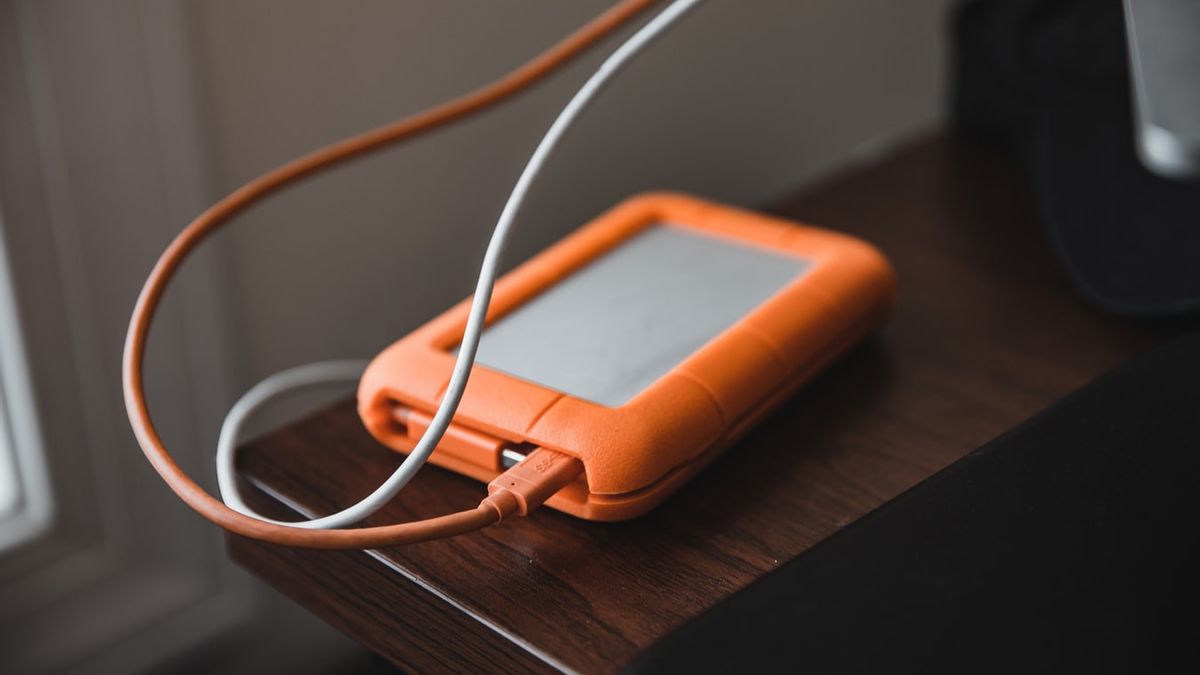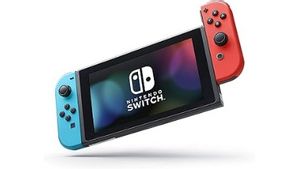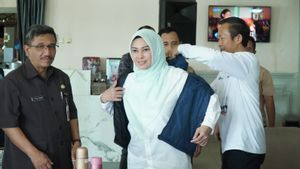JAKARTA - Researchers at the University of Michigan and the University of Tokyo have developed a system to safely transmit electricity through the air. This technique has the potential to turn an entire building into a wireless charging zone.
Detailed in a new study published in Nature Electronics, the technology can generate 50 watts of power using a magnetic field.
Study author Alanson Sample, UM professor of computer science and engineering, said that in addition to untethering phones and laptops, the technology could also power implanted medical devices and open up new possibilities for mobile robotics in homes and manufacturing facilities. The team is also working to implement systems in spaces that are smaller than the size of the room, such as the toolbox that charges the tools housed in it.
"It really increases the power of the ubiquitous computing world. You can plug a computer into anything without having to worry about charging or plugging it in," says Sample.
"There are many clinical applications as well; current cardiac implants, for example, require wires running from the pump through the body to an external power supply. This could eliminate them, reduce the risk of infection and improve the patient's quality of life," he added.
The team, led by researchers at the University of Tokyo, demonstrated the technology in a custom-built aluminum test chamber measuring about 10 feet by 10 feet. They wirelessly power lights, fans and cell phones that can draw current from anywhere in the room regardless of the placement of people and furniture.
The system is a major improvement over previous attempts at wireless charging systems, which used potentially harmful microwave radiation or required devices to be placed on special charging pads, the researchers said. Instead, it uses the conductive surfaces on the walls of the room and the conductive poles to generate a magnetic field.
The device utilizes a magnetic field with coils of wire, which can be integrated into electronics such as cell phones. The researchers say the system can easily be upgraded to larger structures such as factories or warehouses while still meeting existing safety guidelines for exposure to electromagnetic fields.
"Something like this would be easiest to implement in new construction, but I think retrofitting is also possible," said Takuya Sasatani, a researcher at the University of Tokyo and the study's author.
"Some commercial buildings, for example, already have metal struts, and it should be possible to spray conductive surfaces onto walls, perhaps similar to how textured ceilings are done," he said.
The key to making this system work, Sample says, is building a resonant structure that can transmit a room-sized magnetic field while limiting harmful electric fields, which can heat biological tissue.
The team's solution used a device called a lumped capacitor. Placed in the cavity of the wall. They generate a magnetic field that resonates through the room, while trapping the electric field within the capacitor itself. This overcomes the limitations of previous wireless power systems, which were limited to sending large amounts of power over a few millimeters or very small amounts of power over long distances.
The second hurdle is how to generate a magnetic field that reaches every corner of the room. Magnetic fields tend to move in a circular pattern, creating dead spots in a square room. In addition, the receiver needs to align with the field in a certain way to draw power.
Tests with anatomy dummies show that the system can deliver at least 50 watts of power to any location in the room without exceeding FCC guidelines for exposure to electromagnetic energy.
The researchers note that implementing the system in a commercial or residential setting is likely years away. They are currently working to test the system in a building on the UM campus.
The team also includes Yoshihiro Kawahara, professor of electrical engineering and information systems at the University of Tokyo. This research was supported by the Japan Science and Technology Agency and the Japan Society for the Promotion of Science.
The English, Chinese, Japanese, Arabic, and French versions are automatically generated by the AI. So there may still be inaccuracies in translating, please always see Indonesian as our main language. (system supported by DigitalSiber.id)









